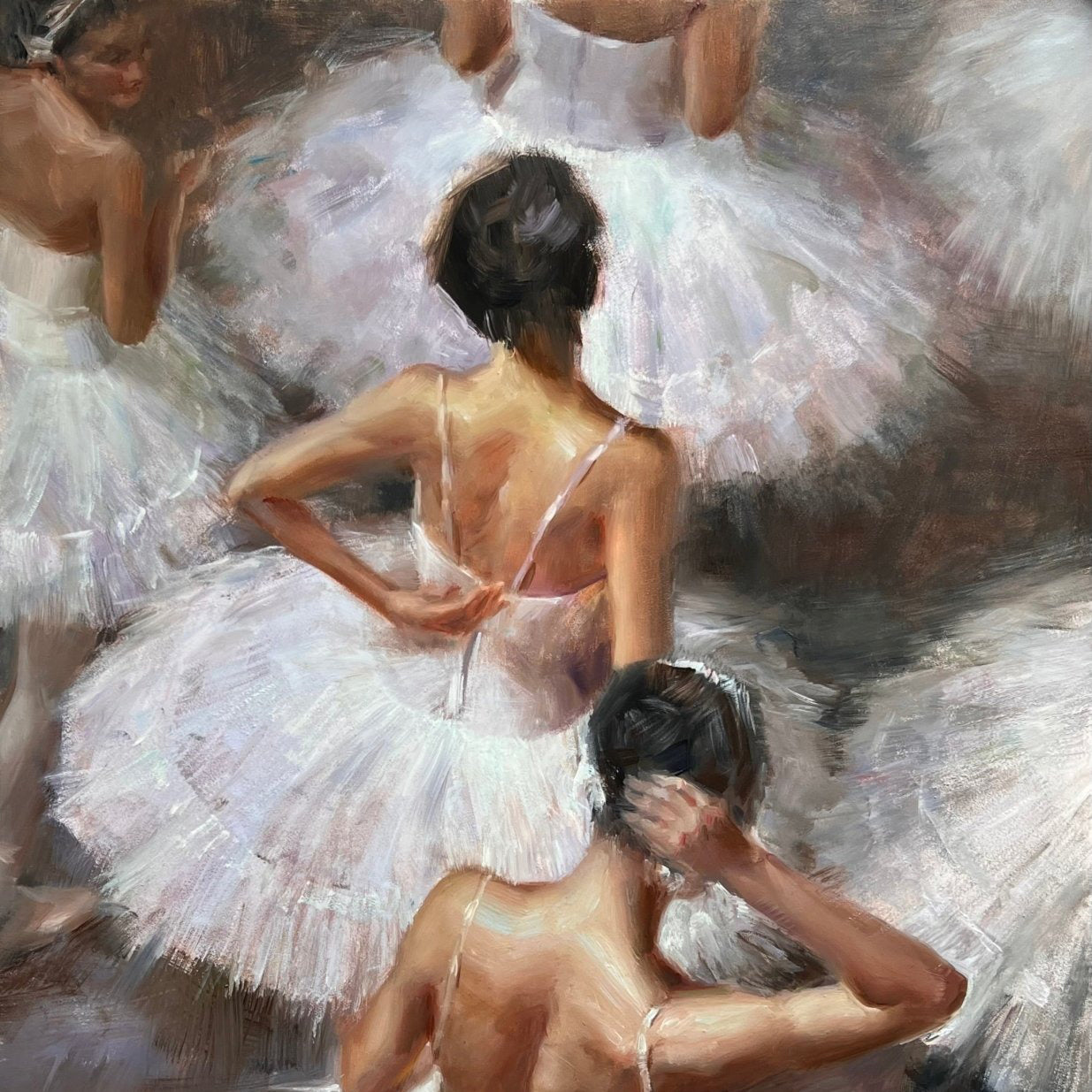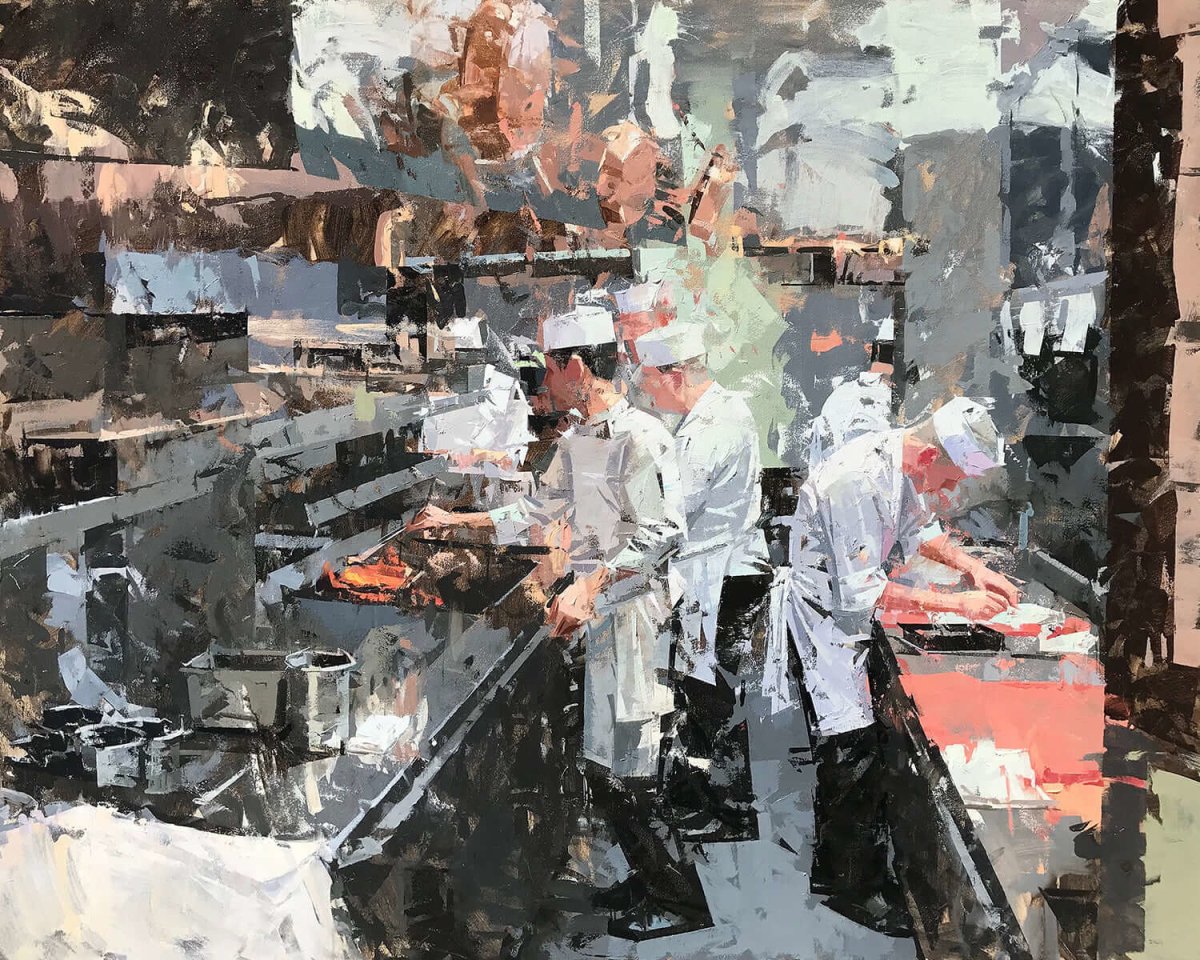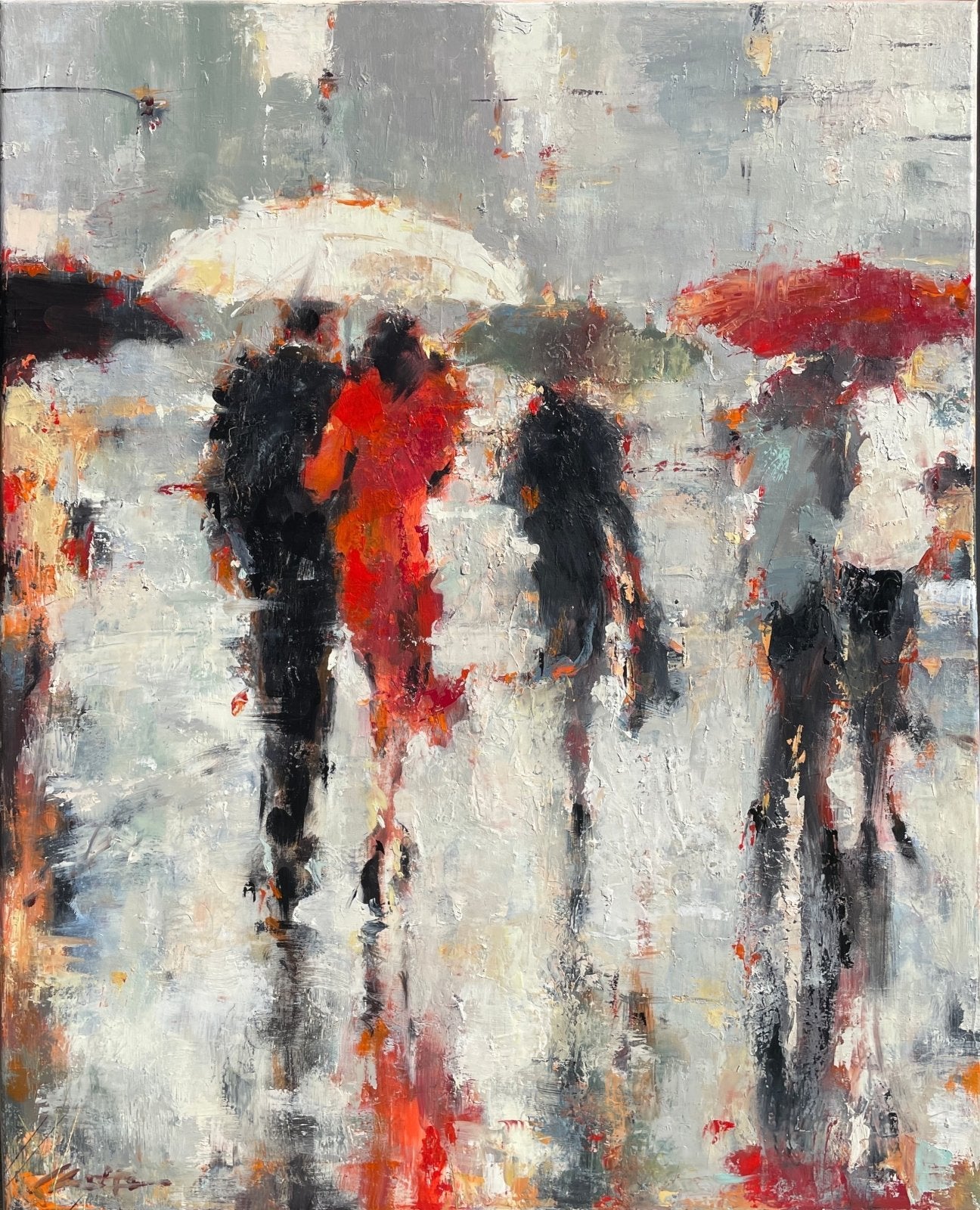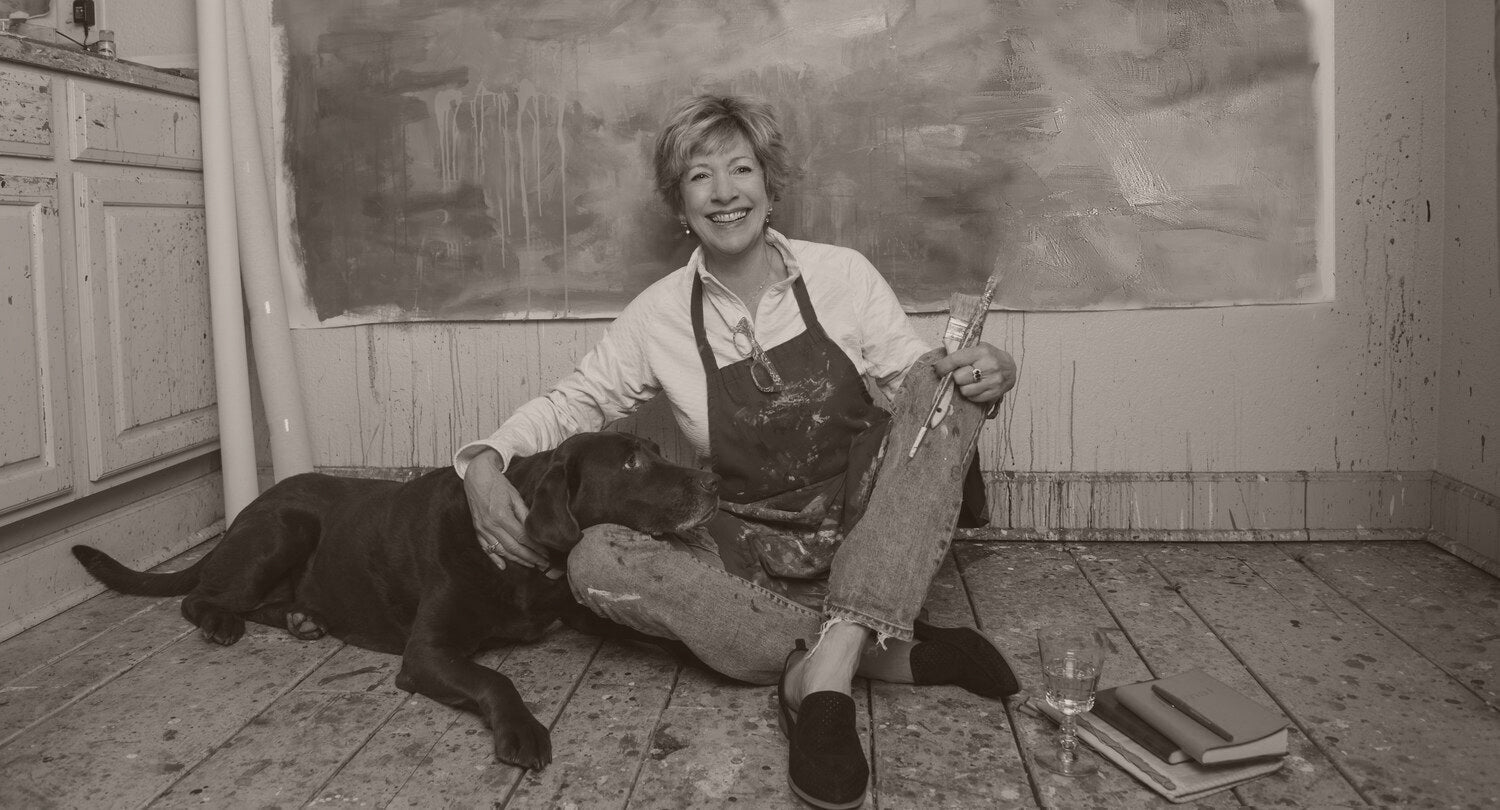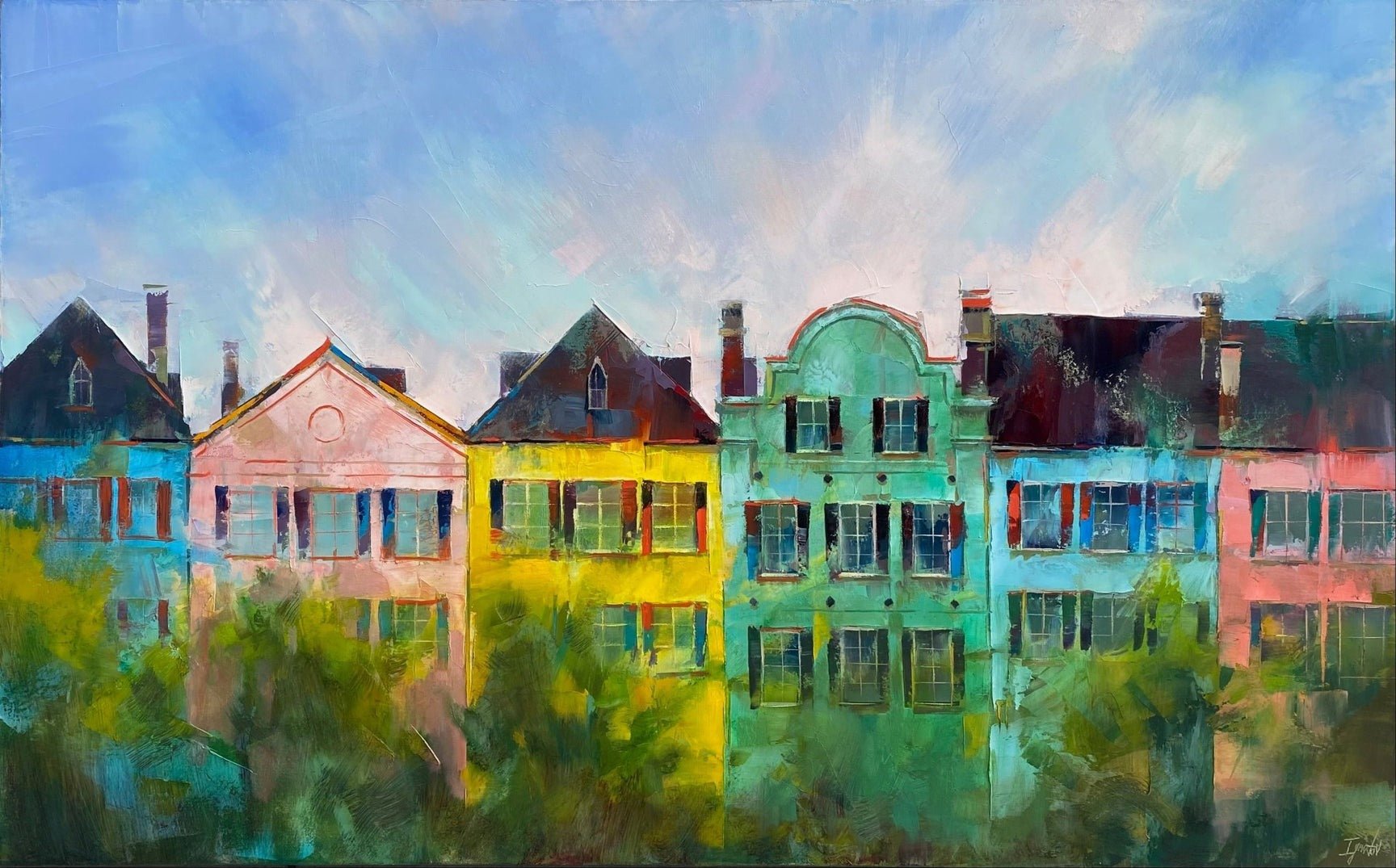How to Hang Artwork: Tips & Techniques
Hang artwork to transform a space and imbue a room with character, beauty, and personal expression. Whether it's a painting, a cherished photograph, the way we hang our artwork plays a pivotal role in its impact and the overall aesthetic of our surroundings. However, the process of hanging artwork can be more complex than it seems at first glance. From selecting the right pieces to considering placement, choosing the appropriate hardware, there are numerous factors to consider to achieve an art display that truly shines.
In this article, we will delve into the art of hanging artwork, explain the key considerations and techniques to create stunning displays that enhance your space. Whether you're an experienced art enthusiast or just beginning to explore the world of art, these tips will empower you to curate your own gallery worthy arrangements. So, let's embark on this journey together and discover the art of hanging artwork with finesse and flair.
The team at LePrince Fine Art Galleries understands what all is involved in the process of art selection and placement. Their expertise and passion for art make them a valuable resource for guidance and recommendations. Whether you need assistance in curating a collection or have questions about specific pieces, the team at LePrince Fine Art Galleries is available to provide personalized support, ensuring that you create an art display that speaks to your style and vision.
Selecting the Right Artwork to Hang
Choosing the perfect artwork for your space is the first step towards creating a captivating display. It's important to consider various factors such as the style, theme, and size of the artwork to ensure a harmonious composition that complements your space.
A. Understanding the space: Take a close look at the room where the artwork will be displayed. Consider the existing color palette, the overall ambiance, and the purpose of the space. This understanding will guide you in selecting artwork that aligns with the room's aesthetics and enhances its atmosphere.
B. Considering the style and theme: Determine the style or theme you want to convey through your artwork. Whether it's contemporary, traditional, minimalist, or eclectic, choose pieces that reflect your personal taste and resonate with the room's overall design. LePrince Fine Art Galleries offers a diverse range of artwork, making it easier to find pieces that align with your vision.
C. Sizing and scaling: Pay attention to the size and scale of the artwork in relation to the wall and the surrounding furniture. A general rule of thumb is to ensure that the artwork doesn't overpower or get dwarfed by its surroundings.
Utilize the team at LePrince Fine Art Galleries' for expert advice on selecting artwork of the appropriate size to achieve a balanced and pleasing display. Our team can provide virtual previews whereby we virtualy hang artwork on your wall to make this process easier.
Choosing the Placement
Once you have selected the artwork for your display, it's crucial to carefully consider its placement within your space. Thoughtful placement can elevate the impact of your artwork and create a visually engaging arrangement.
A. Eye-level rule and exceptions: The general guideline for hanging artwork is to position it at eye level. This ensures that the artwork is easily visible and creates a comfortable viewing experience. However, there can be exceptions to this rule based on the purpose of the space and the artwork itself. For example, in a hallway or staircase, you may choose to hang artwork slightly higher to accommodate the flow of movement. LePrince Fine Art Galleries' team can provide insight into the optimal placement for your specific artwork and space.
B. Wall proportions and focal points: Consider the proportions of the wall where you intend to hang your artwork. A large, empty wall may call for a bold statement piece or a gallery-style arrangement, while a smaller wall may be better suited for a single artwork or a curated cluster of smaller pieces. Identify focal points within the room and use artwork to enhance them.
C. Grouping multiple pieces: Grouping multiple pieces of artwork can create a cohesive and dynamic display. Consider the relationship between the different pieces—whether they share a similar theme, color scheme, or style. Experiment with different arrangements, such as gallery walls or diptychs, to create visual interest.
Preparing the Wall
Before hanging your artwork, it's important to ensure that the wall is properly prepared to provide a stable and secure foundation for your display. Taking the time to prepare the wall will help prevent damage to the artwork and ensure a professional presentation. Consider the following tips based on different wall materials:
A. Sheetrock Walls:
- Clean the sheetrock wall using a mild detergent and a soft cloth or sponge.
- Fill any cracks, holes, or dents with spackling paste or wall filler, then sand and smoothen the patched areas.
- Use wall anchors or toggle bolts for added support when hanging artwork.
B. Brick Walls:
- Clean the brick wall using a stiff brush and a mixture of water and mild detergent.
- Repair any cracks or damaged areas using suitable mortar.
- Use masonry screws or wall plugs with screws for secure artwork hanging.
C. Plaster Walls:
- Clean the plaster wall using a soft cloth or sponge and a mild detergent solution.
- Repair any cracks or loose plaster using plaster patching compound.
- Utilize wall anchors or picture hangers specifically designed for plaster walls.
By following these tips, you can ensure that your chosen wall material is properly prepared and proceed to hang your artwork, confident you have a stable and secure foundation.
Techniques to Hang Artwork
With the wall prepared, it's time to explore various hanging techniques to install your artwork.
A. Using a measuring tape and level:
- Measure the desired placement of your artwork on the wall. (Ensure proper spacing if hanging multiple pieces)
- Use a level to ensure that your artwork hangs straight and aligned.
B. Hanging artwork with nails or hooks:
- For lighter artwork, nails can be driven directly into the wall at the marked locations.
- For heavier pieces, use appropriate hooks or wall anchors based on the wall material.
C. Alternative Methods to Hang Artwork:
- Picture rails: Install picture rails on the wall to allow for easy repositioning and changing of artwork.
- Adhesive hooks: Ideal for small works that do not weigh much or situations where drilling into the wall is not feasible.
By employing these hanging techniques, you can achieve a visually pleasing and well-aligned display of your artwork.
Enhancing the Display
Creating the perfect display of artwork involves more than just hanging it on the wall. Enhancements such as appropriate lighting, framing, and complementary decor elements can elevate the impact and visual appeal of your artwork. Consider the following aspects to enhance your art display:
A. Adding appropriate lighting: Adequate lighting is crucial for showcasing artwork effectively. It highlights the details, colors, and textures of the piece, creating a captivating visual experience. LePrince Fine Art Galleries offers professional art lighting solutions that can be tailored to your specific artwork and space, ensuring optimal illumination to bring your artwork to life. Their knowledgeable team can assist in selecting the right lighting fixtures and positioning them for maximum impact.
B. Using framing and matting techniques: Framing your artwork enhances its presentation and protects it from potential damage. Select frames that complement the style and theme of the artwork while harmonizing with the overall decor of the space. Matting can also add depth and visual interest. LePrince Fine Art Galleries provides a wide selection of high-quality frames and can offer advice on choosing the perfect frame and matting for your artwork.
C. Incorporating complementary decor elements: Consider incorporating other decor elements that complement your artwork and enhance its visual impact. This can include furniture pieces, decorative accents, or even paint colors that harmonize with the artwork. LePrince Fine Art Galleries' team can provide guidance on selecting decor elements that create a cohesive and aesthetically pleasing ambiance in your space.
By paying attention to lighting, framing, and complementary decor elements, you can create a captivating and visually stunning display of your artwork. LePrince Fine Art Galleries offers professional art lighting solutions tailored to your specific needs, ensuring your artwork is showcased in the best possible light. Read more about art lighting.
Maintaining and Updating Artwork Displays
Proper maintenance and occasional updates are essential to keep your artwork displays fresh and in optimal condition. Consider the following aspects for maintaining and updating your art displays:
Regular cleaning and dusting: Dust and dirt can accumulate on the surfaces of your artwork, diminishing its visual appeal. Regularly dust your artwork using a soft, lint-free cloth or a gentle brush. For delicate pieces, consult with a professional art conservator for appropriate cleaning methods.
Hang Artwork with Security and Safety in Mind
Ensuring the safety and security of your artwork is crucial for its protection and preservation. Consider the following measures to safeguard your artwork:
A. Securing artwork against theft or damage: Hang your artwork using security hardware, such as security screws or cables, to deter theft and prevent unauthorized removal of your artwork if you have concerns about the location. Consult with a professional art installer or security specialist for advice on the most effective security measures for your specific artwork and space.
B. Protecting fragile pieces while hanging artwork: Fragile artwork, such as sculptures or delicate paintings, may require additional precautions. Utilize specialized mounting techniques, display cases, or protective coverings to safeguard fragile pieces from accidental damage or environmental factors. Seek guidance from art professionals or conservators for proper handling and protection of delicate artwork.
Creating a well-hung artwork display involves careful consideration of various factors, from selecting the right pieces to properly hanging and maintaining them. By following these guidelines and seeking professional advice when needed, you can curate a visually captivating and personalized art display that enhances your space and showcases the beauty of your artwork.
Remember, the team at LePrince Fine Art Galleries is available to provide expertise and assistance throughout the process, from selecting artwork to offering professional art lighting solutions. Embrace the art of hanging artwork and let your creativity shine through your personalized art displays.


